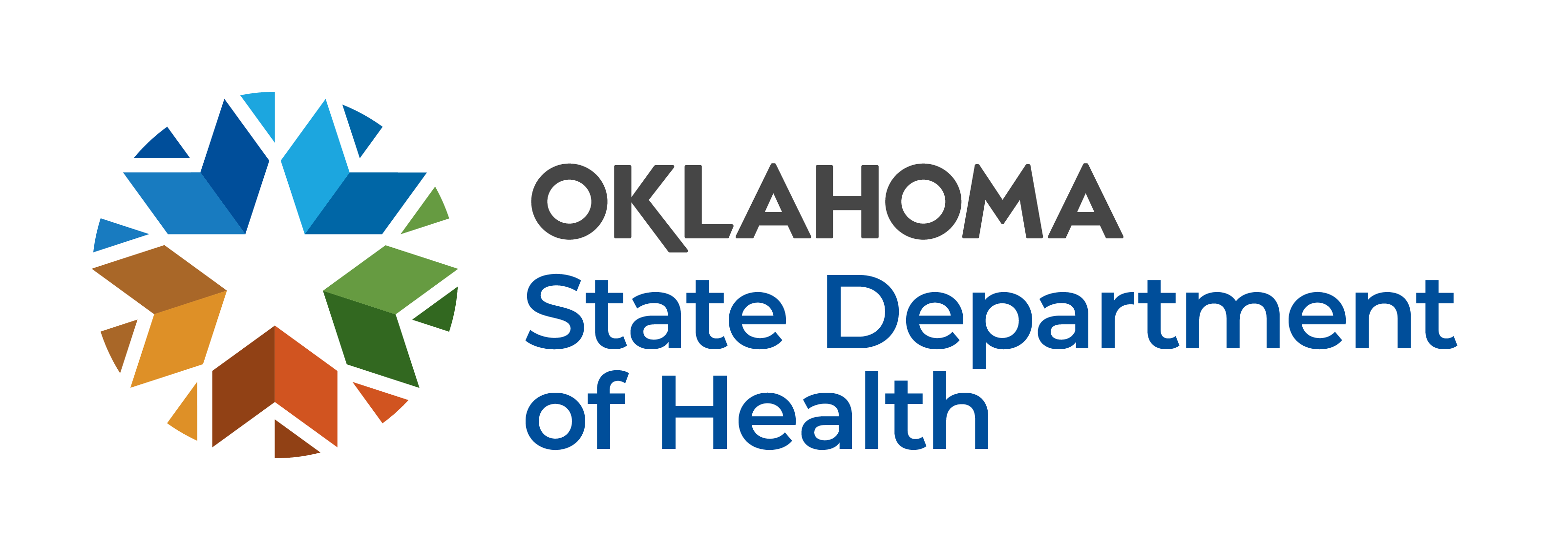Teen Pregnancy Prevention & Sexual Health
Teen pregnancy is closely linked to a number of critical social issues such as poverty, educational attainment, and increased health care costs.1 Moreover, teen births affect the entire community – not just the teen parents; therefore, community-wide solutions are needed.
There has been a steady decline in teen births in Oklahoma over the last two decades; the teen birth rate for females aged 15-19 decreased 12% between 2019 and 2021. However, the state’s rate of 24.1 births per 1,000 females aged 15-19 was still significantly higher than the national rate at 13.9 in 2021.2 Compared to other states in the nation, including the District of Columbia, Oklahoma ranked 4th highest for teen birth rates for teens ages 15-19 year in 2021.2
Teens need to have access to medically accurate, comprehensive information to help them make responsible decisions for their future. The Maternal and Child Health Service (MCH) provides oversight to two teen pregnancy prevention programs in the state, Oklahoma Healthy Youth and Personal Responsibility Education Program (PREP). With the support of local county health departments, these programs offer evidence-based sexual health curricula to public middle and high schools in Oklahoma, Tulsa, and 64 other counties with high teen birth rates.
Among Oklahoma public high school students in 2021:
Evidence-Based Curriculum
Making a Difference! is an evidence-based program designed to provide youth with the knowledge, attitudes, and skills to reduce their risk for sexually transmitted infections (STIs), HIV, and pregnancy. Making a Difference! uses an abstinence-based approach and is intended for youth ages 12-14.
Making Proud Choices! is an evidence-based program designed to provide youth with the knowledge, confidence, and skills to reduce their risk for STIs, HIV, and unplanned pregnancy. Lessons and activities in this program provide tools for delaying/abstaining from sexual activity and using birth control consistently and correctly when engaging in sexual activity. Making Proud Choices! is intended for youth ages 12-18.
Love Notes is an evidence-based, comprehensive healthy relationship education program that places heavy focus on healthy communication, decision-making, setting and respecting boundaries, planning and pacing relationships, and the impact of family formation on children. The program aims to teach youth how to build healthy relationships, as well as reduce their risk for dating violence, unplanned pregnancy, and STIs. Love Notes is intended for youth and young adults ages 17-24.
Positive Prevention PLUS is an evidence-based, comprehensive sexual health education program designed to build young peoples’ skills for reducing their risk for STIs and unplanned pregnancy, developing healthy relationships, and goal-setting. There is both a middle school and high school version of the program.
Cited Sources
- Centers for Disease Control and Prevention. (May 2017). Reproductive Health: Teen Pregnancy.
- Osterman MJK, Hamilton BE, Martin JA, Driscoll AK, Valenzuela CP. Births: Final data for 2021. National Vital Statistics Reports; vol 72, no 1. Hyattsville, MD: National Center for Health Statistics. 2023.
- Oklahoma State Department of Health, Maternal and Child Health Service. (2021). Oklahoma Youth Risk Behavior Survey (YRBS) 10-Year Trend Monitoring Report: 2011-2021.
This website is supported by Grant Number 2501OKPREP from the Family and Youth Services Bureau within the Administration for Children and Families, a division of the U.S. Department of Health and Human Services. Neither the Administration for Children and Families nor any of its components operate, control, are responsible for, or necessarily endorse this website (including, without limitation, its content, technical infrastructure, and policies, and any services or tools provided). The opinions, findings, conclusions, and recommendations expressed are those of the author(s) and do not necessarily reflect the views of the Administration for Children and Families and the Family and Youth Services Bureau.
Contact Information
Alicia Lincoln, MSW, MSPH
Administrative Program Manager
Mailing Address:
Oklahoma State Department of Health
Child and Adolescent Health
123 Robert S. Kerr Ave., Suite 1702
Oklahoma City, OK 73102-6406
Physical Address:
Oklahoma State Department of Health
123 Robert S. Kerr Ave.
Oklahoma City, OK


